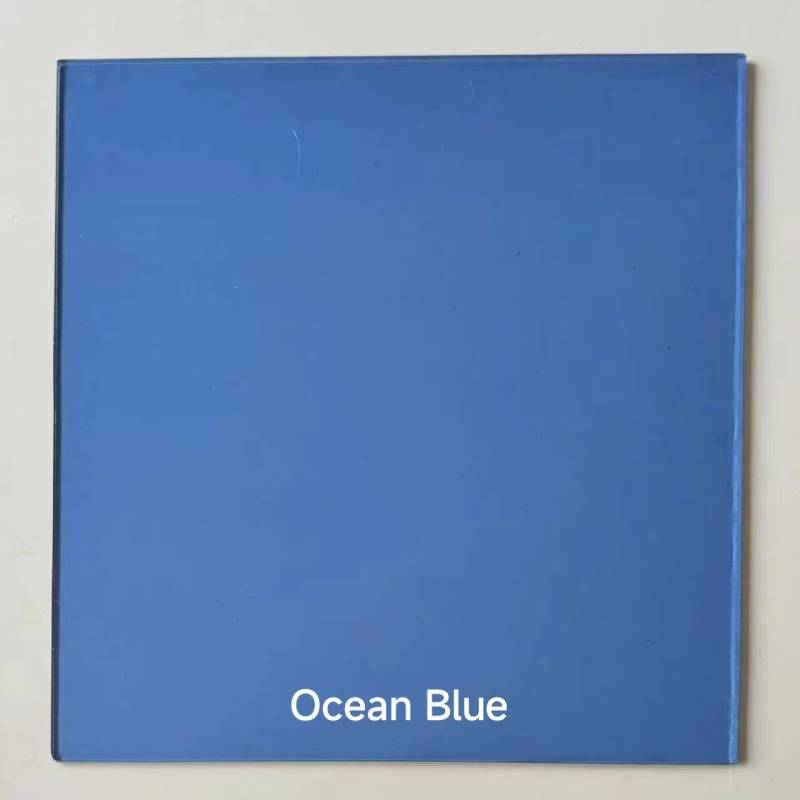

Reflective Laminated Glass An Overview and Its Benefits
Reflective laminated glass represents a fascinating intersection of safety, aesthetics, and energy efficiency in modern architecture and design. As advancements in technology continue to enhance materials used in the construction industry, reflective laminated glass has emerged as a preferred choice for both residential and commercial projects. This article explores the features, applications, and benefits of reflective laminated glass, showcasing why it is an essential material in contemporary building design.
What is Reflective Laminated Glass?
Reflective laminated glass is composed of two or more glass layers bonded together with a transparent interlayer, often made of polyvinyl butyral (PVB) or ethylene-vinyl acetate (EVA). The outer layer possesses a reflective coating, which can be manufactured in various shades and opacities. This coating allows the glass to reflect solar radiation while maintaining visibility from the interior to the outside, striking a harmonious balance between privacy and openness.
Key Features
1. Safety and Security One of the fundamental advantages of laminated glass is its enhanced safety features. The interlayer holds the glass fragments together in the event of breakage, preventing shattering, reducing the likelihood of injury, and deterring unauthorized access. This makes reflective laminated glass a popular choice for storefronts, schools, and high-rise buildings where safety is a paramount concern.
2. Energy Efficiency The reflective coating significantly reduces solar heat gain, making buildings more energy-efficient. By reflecting a portion of solar energy away from the building, reflective laminated glass helps maintain comfortable indoor temperatures, leading to decreased reliance on air conditioning systems. This can result in substantial cost savings on energy bills and contribute to a reduced carbon footprint.
3. UV Protection Reflective laminated glass also offers protection against harmful ultraviolet (UV) rays. This is particularly beneficial for interiors where furniture, artwork, or flooring might be susceptible to fading. The UV-filtering properties help to preserve the integrity and appearance of these materials, prolonging their lifespan.

4. Acoustic Performance The laminated structure provides improved sound insulation compared to standard glass. The interlayer acts as a barrier against noise, making reflective laminated glass an ideal choice for urban environments where external noise can be disruptive. This characteristic is especially valued in hotels, offices, and residential buildings situated near busy roadways or transit lines.
Applications
Reflective laminated glass can be utilized in a variety of settings. In commercial architecture, it is often employed in office buildings, shopping centers, and educational institutions. The modern aesthetic appeal and energy-saving attributes make it a sought-after choice for facades and curtain walls. In residential applications, homeowners use reflective laminated glass in windows, sliding doors, and glass railings to enhance curb appeal while maximizing safety and comfort.
Aesthetic Appeal
Aesthetically, reflective laminated glass adds elegance and sophistication to any building. Its glossy surface reflects the surrounding environment, creating a dynamic interplay of light and shadow. Architects and designers appreciate the visual versatility that different reflective coatings provide, enabling them to design buildings that not only stand out but also blend seamlessly into their surroundings.
Conclusion
Reflective laminated glass is a remarkable material that amalgamates safety, energy efficiency, aesthetic appeal, and acoustic performance into a single product. Its unique properties make it an invaluable asset in both commercial and residential construction, addressing the demands of modern building design. As sustainability and energy efficiency continue to be at the forefront of architectural innovation, the role of reflective laminated glass will undoubtedly become even more prominent, contributing to the creation of safer, more efficient, and visually appealing environments. Whether used in high-rise buildings or cozy homes, reflective laminated glass is a testament to the advancements in material science and design, reflecting a brighter future for architecture.